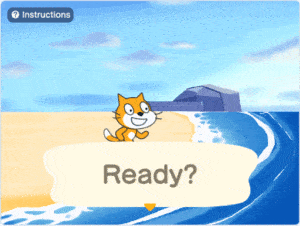
Cyclic Bouncing Animations in Scratch
 Middle - Grade 12
Middle - Grade 12
In this tutorial, you will learn about how conditional statements and a counter variable can be used to create a bouncing arrow animation in Scratch.


In this tutorial, you will learn about how conditional statements and a counter variable can be used to create a bouncing arrow animation in Scratch.
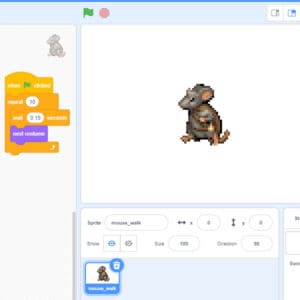
Create a basic four-frame walk cycle for a 32×32 character sprite from start to finish, then import that sprite into Scratch. A time-compressed video example of the process helps to illustrate the process.

In this tutorial, we will be learning about the medicinal properties of Tamarack bark tea and how to make Tamarack bark tea, or Mshkiigwaatikohns tea. We will be learning about traditional uses of Tamarack and why it’s known in First Nation communities as “nerve medicine”.
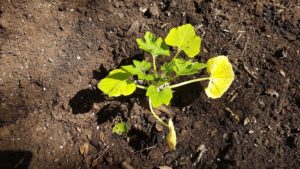
See what Pinnguaq is offering for online learning at home for the week of June 15th to 29th.
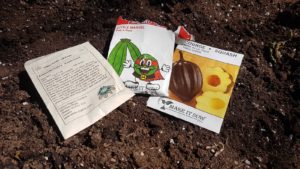
In this tutorial, we will be exploring sustainable polyculture crop production systems by learning how-to plant a traditional Haudenosaunee Three Sisters Garden. We will learn about the cultural and historical importance as well as the agricultural science behind the companion planting of the Three Sisters (corn, beans, and squash).
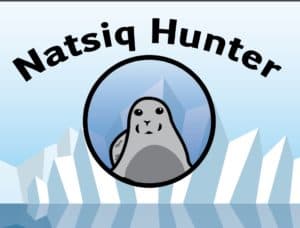
In this tutorial Natsiq Hunter, participants will learn to use if/else statements to make a simple click game.
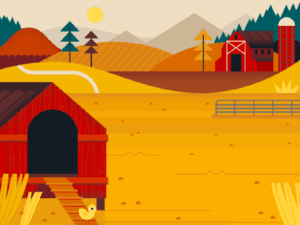
In this series, the basics of Scratch will be introduced to provide learners with the foundational skills required to begin creating in Scratch.
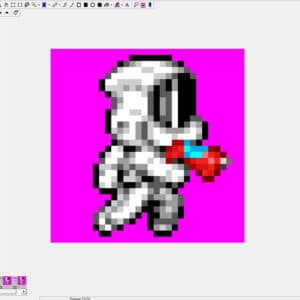
Additional tips for improving workflow and solving common problems when making pixel art for games and applications in GraphicsGale.
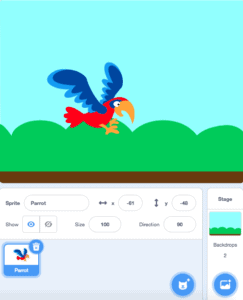
In this series, the basics of Scratch will be introduced to provide learners with the foundational skills required to begin creating in Scratch.
In this Pixel Power series, Ian MacLean will be taking learners along with him to learn more about pixel art, and how to improving your workflow in GraphicsGale.
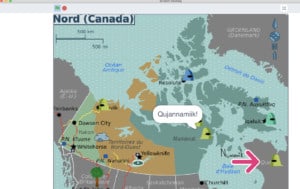
Find the hidden block, and learn how to use it another way to code hidden sprites in Scratch!
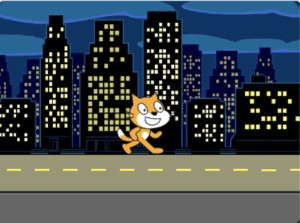
In this quick tutorial, you will learn how to manipulate sprite sizes to create a scene transition animation in Scratch.
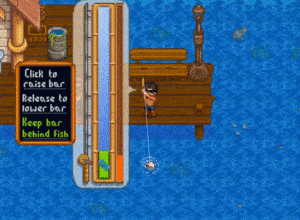
See what Pinnguaq is offering for online learning at home for the week of June 8th to 12th.
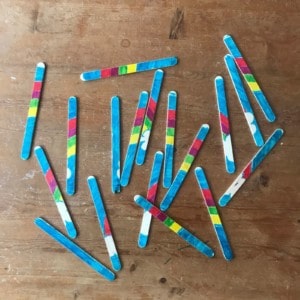
These unplugged activities are geared towards a younger audience with the intention of introducing basic coding concepts.
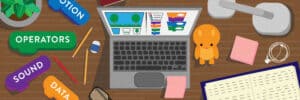
In this series, the basics of Scratch will be introduced to provide learners with the foundational skills required to begin creating in Scratch.
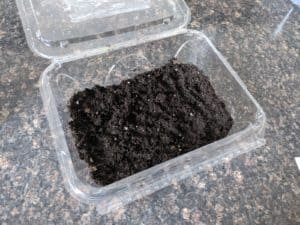
In this tutorial, we will be learning about the traditional medicine semaa (tobacco) as it’s used by many First Nation groups and how to grow your own. Traditional tobacco is very different from commercial tobacco and is one of the four sacred medicines.
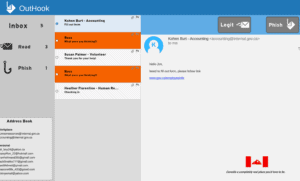
Gon’ Phising is a game built to provide an opportunity to experience a variety of phishing attempts and become familiar with the signs of a phishing email.
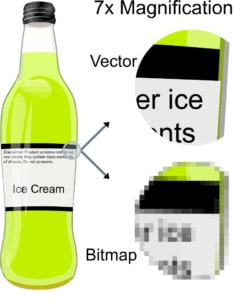
In this tutorial, you will learn about the differences between vector graphics and raster graphics (also called bitmap graphics or pixel graphics) and how they are used in Scratch as well as how to use Inkscape to make vector-based art for use in Scratch.
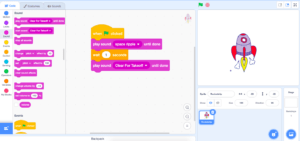
In this series, the basics of Scratch will be introduced to provide learners with the foundational skills required to begin creating in Scratch.
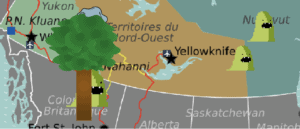
In this Scratch Mix and Match bonus challenge, we’ll look at what works and what doesn’t work when you want to make a sprite hide and then be found.
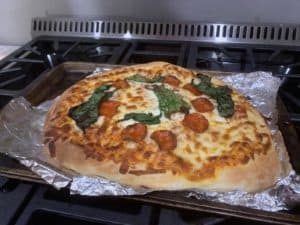
Step by step coding can be a very difficult process to go through, even the tiniest mistake can result in a bug that crashes the game. A great way to display this is through cooking, and what better food than pizza!
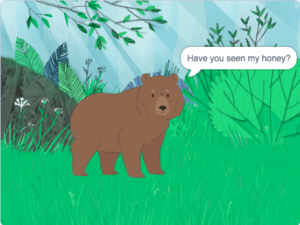
In this series, the basics of Scratch will be introduced to provide learners with the foundational skills required to begin creating in Scratch.

This unplugged coding activity challenges learners to decode their own puzzles. In this activity, learners will explore the computational methods of pattern recognition and algorithmic thinking.